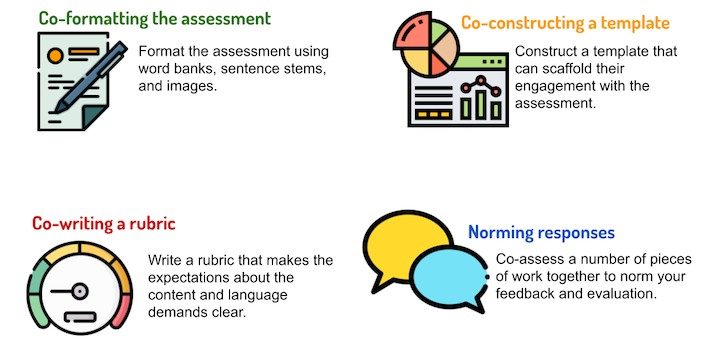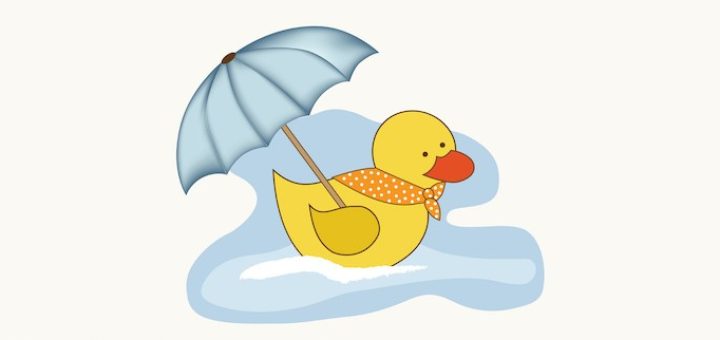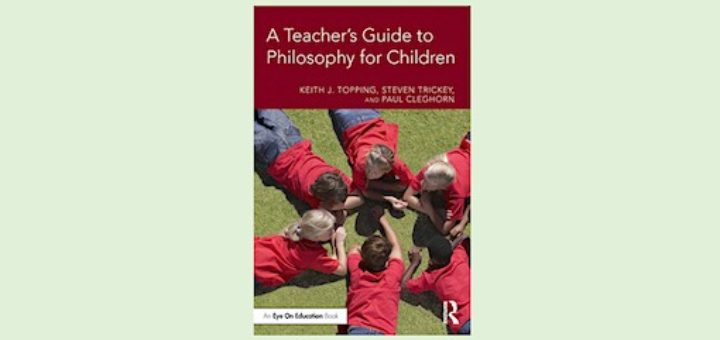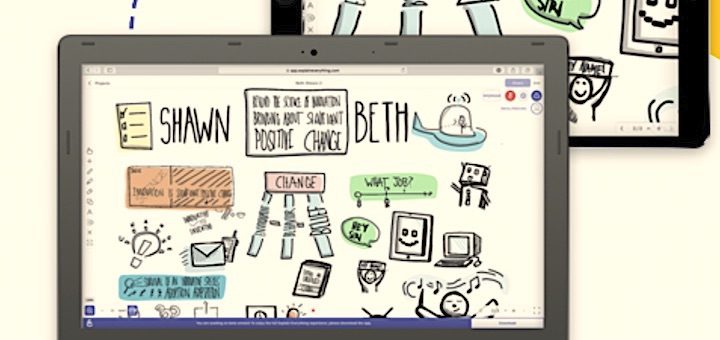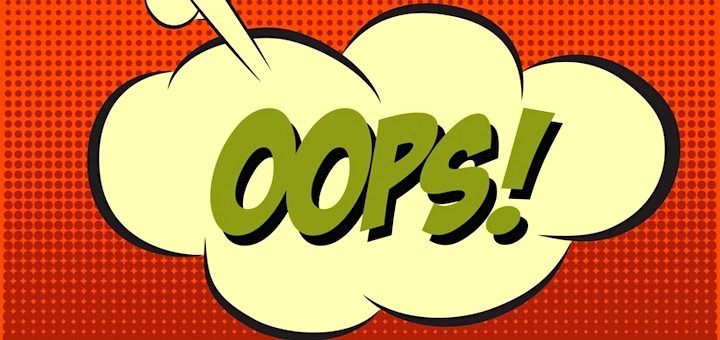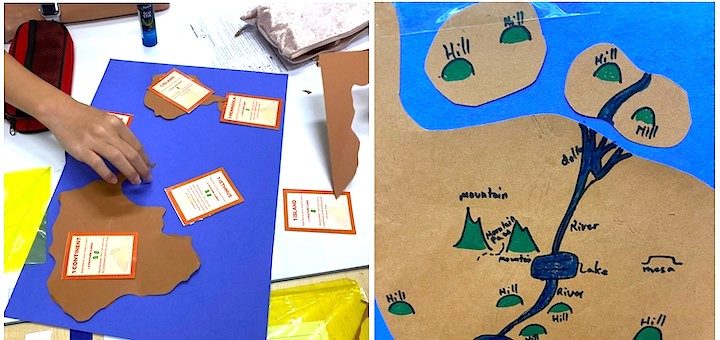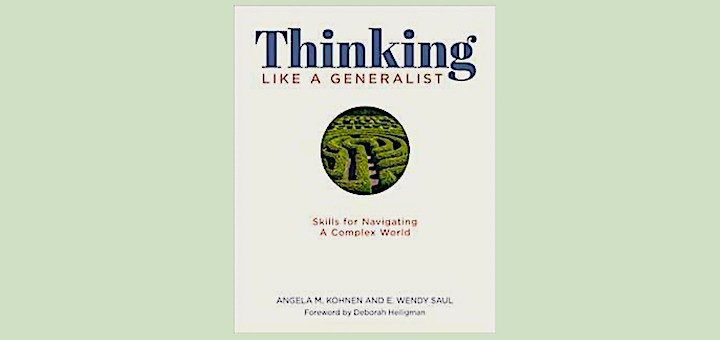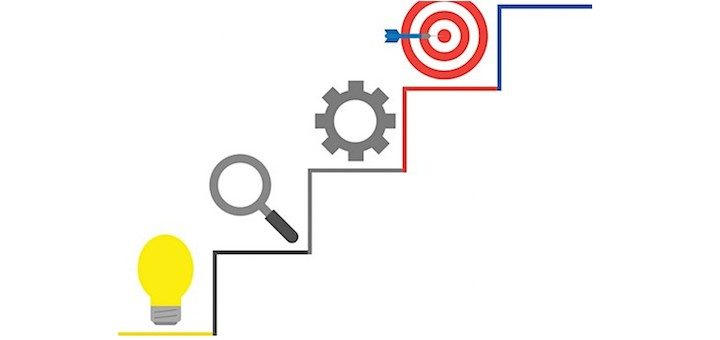Teaching and learning in grades 4-8
Assessments that aren’t designed with language learners in mind perpetuate an equity gap, writes teacher Tan Huynh. When language specialists co-assess with subject area colleagues they can ensure the right balance of challenge and support for each student. Here’s how!
If you find yourself in a school situation where a parent or community member is unkind, unreasonable, or downright mean, principal and NBCT Rita Platt has tips to move beyond the hurt. Here’s what she does to make sure toxic remarks roll right off her back. Like a duck!
A Teacher’s Guide to Philosophy for Children is a short, comprehensive approach to teaching students the process of thinking for themselves. Instead of being the giver of knowledge, teachers can focus on helping students find answers worth knowing, writes Erin Corrigan-Smith.
Using sentence starters as part of the argument writing process has jump-started many of Jeremy Hyler’s middle grades students who did not know how to begin. Hyler walks us through their process of evidence gathering and argument analysis and shares examples of their work.
The pandemic distances between teacher and student require us to monitor the individual progress of learning even more closely. Teacher educator Curtis Chandler offers a crash course for doing just that – including tips on new apps and tools for summative assessment.
How can we make sure our classrooms are places that welcome risk-taking in the name of learning, and expect and celebrate inevitable mistakes? Author and innovation leader Colleen Cruz shares five things teachers can do to create a culture where students risk, fail and rise.
For Megan Kelly’s Ancient Civilizations unit, Grade 7 gamers played her “Ancient” adaptation of Apples to Apples (see her tips), Galactic Mappers and Inhabitation. Along the way they created continents and civilizations, and learned systems thinking and plenty of content.
Noting that Thinking Like a Generalist is “exactly the type of book a busy teacher needs,” educator Michael DiClemente says the book explains how to help students become truth seekers, developing questions and getting answers they need using concrete and practical skills.
Instead of continuing our 130 years of running every public school student through the system in the same way at the same time, Alex Valencic believes we need to shift our efforts to acknowledging individuality, independence, and innovation through mastery learning.
New studies continue to reveal that many students cannot evaluate internet information for truthfulness, writes media literacy expert Frank W Baker. “It has become a crisis in American education,” he says, as disinformation becomes industrialized and “truth decay” spreads.

